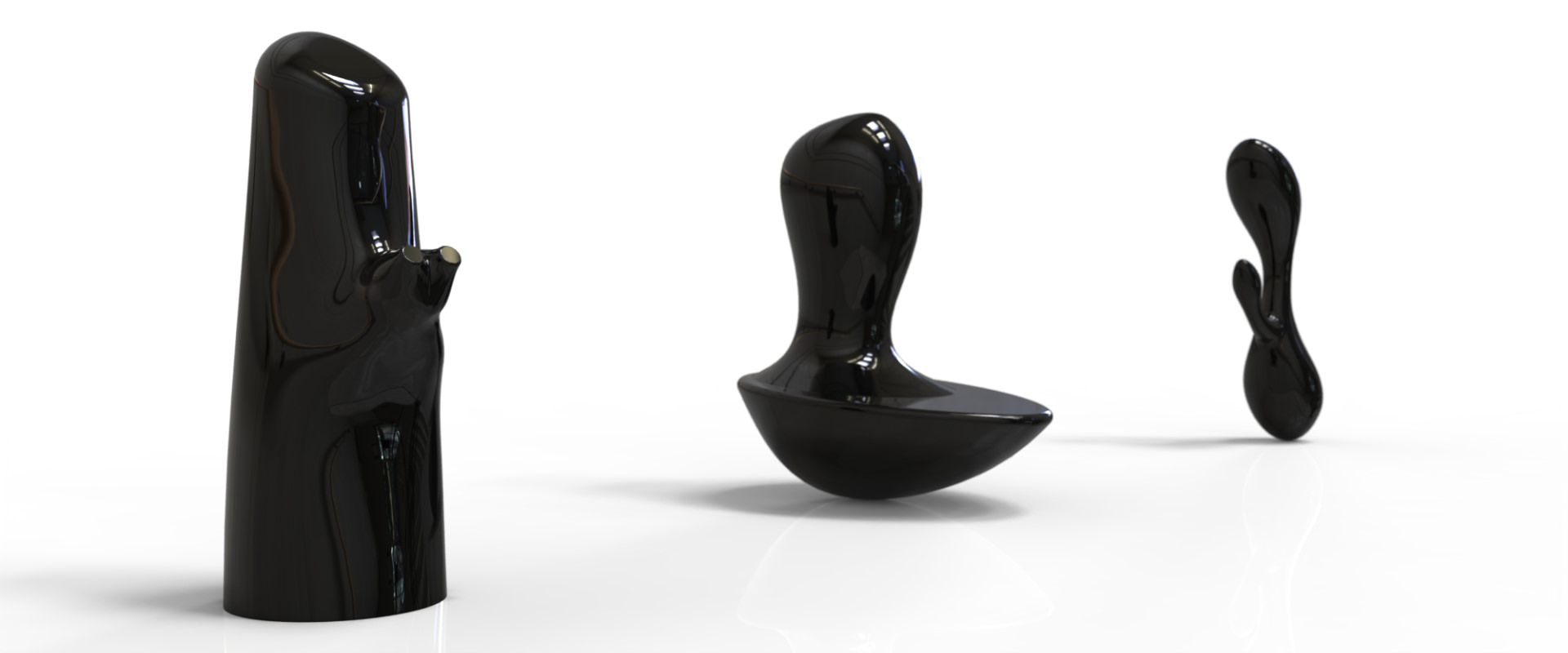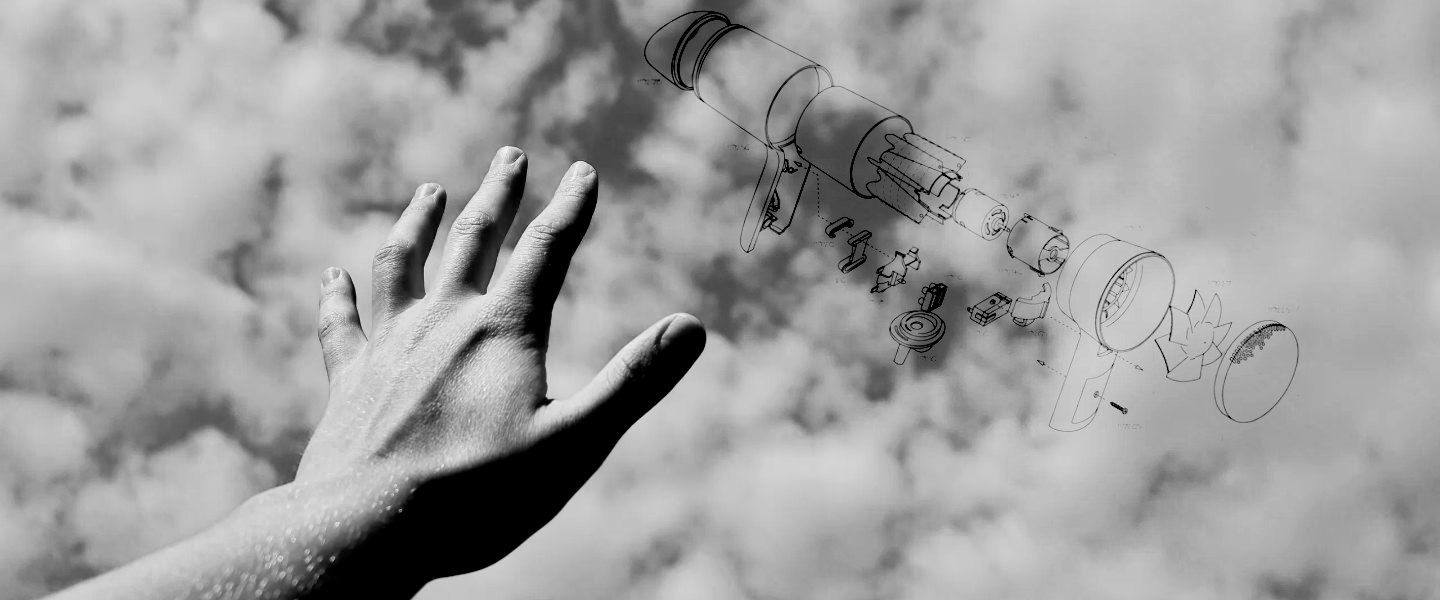Patent law in modern mainland China began with the promulgation of the Patent Law of the People’s Republic of China, in 1984. In 1985, China acceded to the Paris Convention for the Protection of Industrial Property, followed by the Patent Cooperation Treaty in 1994. When China joined the World Trade Organization (WTO) in 2001, it became a member of the TRIPS agreement.
To comply with its international obligations, as well as to facilitate its development into an innovative country, China has since amended its Patent Law three times: first in 1992, then again in 2000, and most recently in 2009. This means that China is effectively a country in which the patenting regulations exists officially and copies and fakes are punished by law. This is what everybody knows. Then why is China the copy machine of the planet and why they basically can do whatever they want and from their export worldwide a giant number of copied, reverse engineered or fake products?
What not everybody knows is there’s a very small amendment in the copyright law in China which doesn’t exist in any other country and, masked with a stronger copyright protection, actually this amendment is real protectionism for the copy makers.
With the Third Amendment to the Patent Law, China applies a standard of absolute novelty. That is, “An invention is not new (and therefore unpatentable) if it has been published or publicly disclosed anywhere in the world at the priority date”.
This basically means that China wants to be the first country where you register your product, otherwise it gets the right to copy it. If you have registered a product in Europe and you try to register that in China it’s considered already published, so unpatentable (read “Can Copy”). If you are selling a registered product somewhere and you want to enter the Chinese market your product is unpatentable (read “Can Copy”).
Imagine if all the Kickstarters should register their idea in China first… now you get why Kickstarter is considered a database of nice new ideas to copy before the actual original product comes to life. By the way I’ve already seen the air-umbrella, here.
So what happens on the market with this kind of law? The people who makes fakes can’t register a copy of an existing product but he will continue the production because the foreign company won’t be able to register the product because already on the market so it will be impossible for them to take the Chinese supplier to court. On the other hand who wants to register a product that he already sells on other markets won’t be able to do it, so he will leave an idea in China and everybody will be able to copy.
I say that he will leave and idea because there’s another detail that makes this country different from all the others: even if not officially said the patenting process is not secret because the government wants to control it. So the patent request will go very easily from office to office, where a fairly good amount of people will take care of it, not only looking at the technicality of the request, but also expressing written opinions on the product, the logotype or the formula. This is masked with the aim to avoid double or contrasting registrations, but it’s of course a way on one side to collect information, and on the other to keep control of the process.
Imagine if you are a very important Pharmaceutical company and after years of research you want to patent your formula, would you be comfortable if you know that those papers are jumping from office to office and the envelope is open? Do you know how much money is that information worth and how small is the salary of just one of the office workers? Let me explain the second part which is the control of the process: if you want to protect your companies and to conquer the world with your language you will make difficult for foreign companies to register logotypes or products and you will make it easier for Chinese companies. Is that probably why it’s so difficult to register a logo that doesn’t contain Chinese characters or a product that doesn’t have some useless Chinese patterns?






